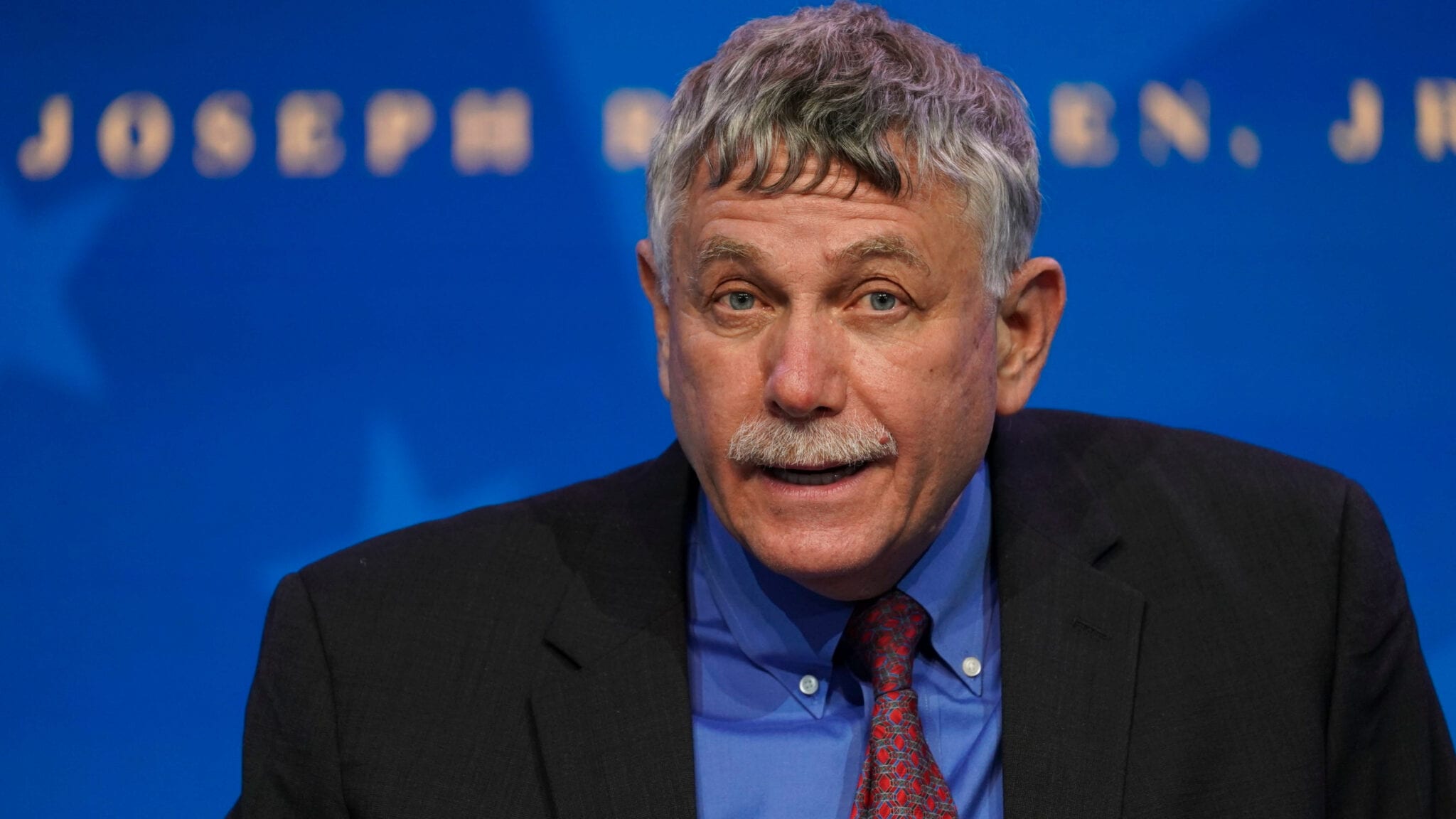
Eric Lander to return to Broad Institute, one year after White House exit over bullying allegations
Eric Lander is returning to the Broad Institute, the prestigious genomic research center he helped launch and led for 16 years, a year after he resigned from the White House’s top science position following accusations of demeaning and disrespectful conduct toward subordinates.
Todd Golub, who succeeded Lander as Broad’s director, announced Lander’s return, early next month, on the institute’s intranet. Lander will also resume the tenured faculty positions he left behind at MIT and Harvard, Golub added.
Unlock this article instantly by becoming a free subscriber.
You’ll get access to free articles each month, plus you can customize what newsletters get delivered to your inbox each week, including breaking news.